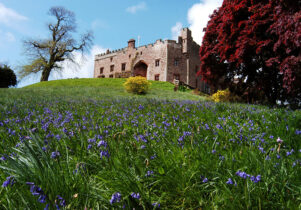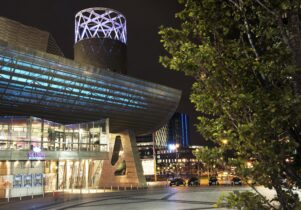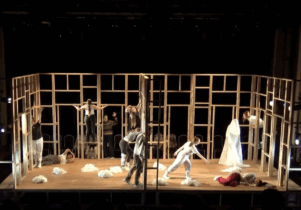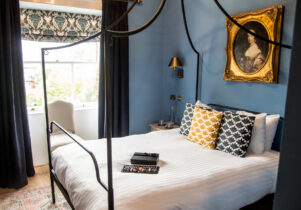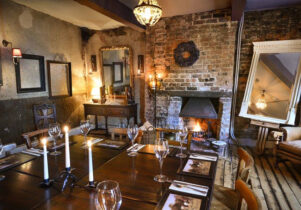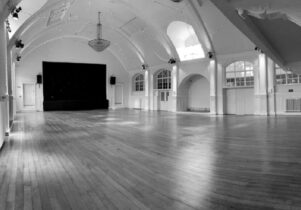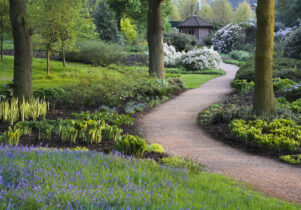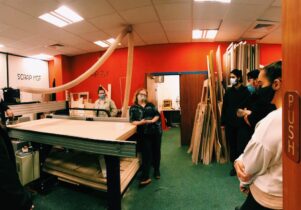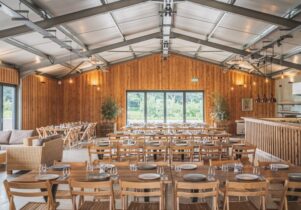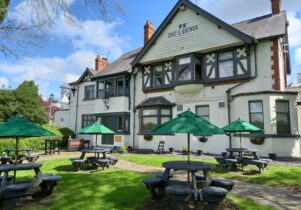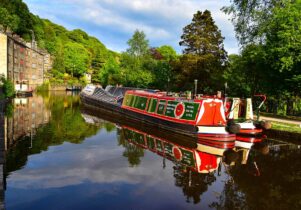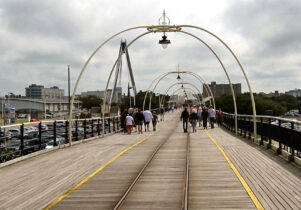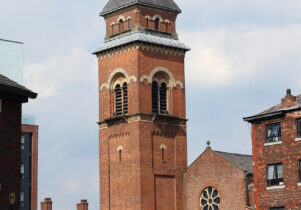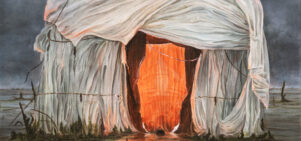Tatton Park
Polly Checkland HardingVisit now
Tatton Park
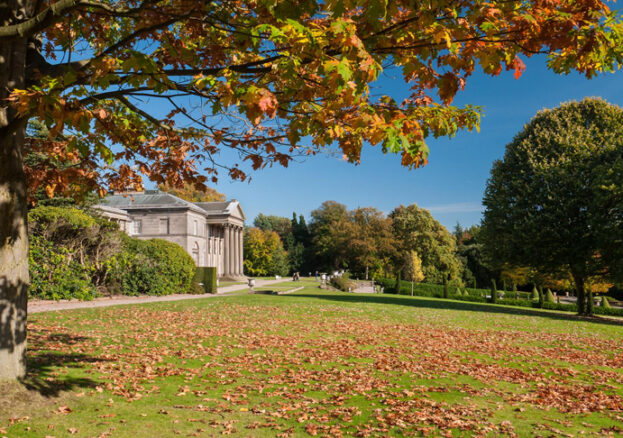
Cheshire’s sprawling house, gardens and deer park is an exhausting kind of a place.
“Park” seems too humble a term for everything Tatton Park is and does. Occupying over 1,000 acres of land in Cheshire, the estate could more properly be called a pleasure garden. Much like the outdoor spaces used for entertainment that were popular in the 18th century, Tatton offers a range of diversions across its vast grounds. It also showcases the blend of rural geographies that once caught the attention of author Elizabeth Gaskell, who grew up in nearby Knutsford. In her 1866 novel, Wives and Daughters, Gaskell describes Tatton (re-named Cumnor Towers for the purposes of fiction), as seen through the eyes of young Molly Gibson: “the melting away of exquisite cultivation into the wilderness had an inexplicable charm.”
A walk around this single park is like a tour through the Enlightenment
The estate’s 50 acres of landscaped, formal gardens reflect over 250 years of horticultural design, their curated beauty coming into stylistic contrast with the wilder terrain of the deer park. It is a thing particular to the legacy of England’s aristocratic past that a walk around a single “park” is like a tour through the Enlightenment: you transition from the sublime to the picturesque, all in a single afternoon, courtesy of rose, kitchen and Japanese gardens, Victorian topiary, a beech maze, meres and a reed-lined lake. An attraction for adults and history buffs, then – but what does Tatton have to offer for those who have more straightforward energy to expend?
Tatton’s rare-breed farm was apparently of great interest to the estate’s World War II evacuees, a number of whom had never experienced the countryside – one small Mancunian is remembered to have exclaimed in amazement at the park’s apples, “I buy these on Piccadilly for seven a penny. I didn’t know they grew on trees.” Over seventy years later, the horses, sheep, pigs, goats and donkeys haven’t lost their appeal; the petting farm is regularly packed out with small people and their grown-ups. The adventure playground close by is similarly busy on weekends and holidays. Incidentally, Tatton has another wartime tale: under the fourth and last Baron of Tatton, Maurice Egerton, the park’s open space was the site of the Royal Air Force’s first live test jumps, becoming the landing spot for over 383,000 parachute descents.
By contrast, the architectural nexus of the park is Old Hall, a Tudor manor house that was added to in the late 17th century with a neo-Classical mansion. All in all, it’s an impressive line-up for a day out. Thankfully, the Gardener’s Cottage Tearoom is there with open arms for when you’ve exhausted yourself. Tatton Park is more than just a park and, as you’ll discover if you visit, a walk around it is more than just a walk.
